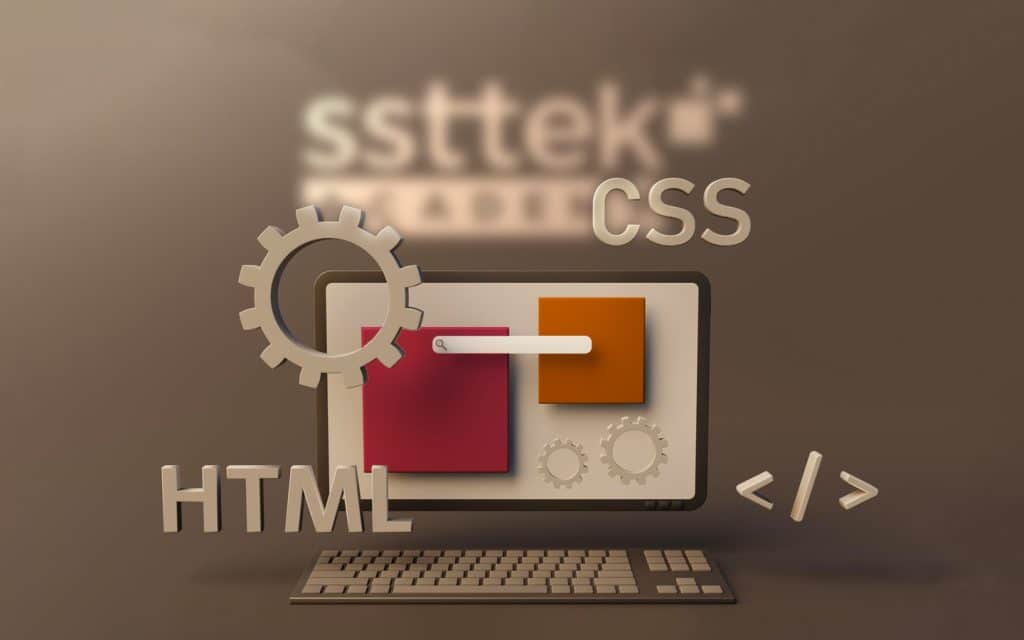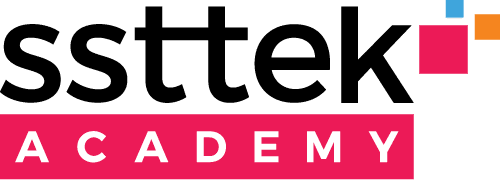Front-end development is a constantly evolving field that requires a variety of tools to streamline workflows and create high-quality web applications. As a front-end developer, having the right tools will dramatically increase your productivity and improve your development experience. In this blog post, we’ll explore 10 essential front-end development tools every front-end developer should know.
1. Text Editors and Integrated Development Environments (IDEs)
A reliable text editor or IDE is the foundation of every developer’s toolkit. Among the popular options, we can list Visual Studio Code, Sublime Text and Atom. These tools are indispensable for writing clean and efficient code, as they provide features such as code highlighting, auto-completion, and version control integration.
2. Version Control Systems (VCS)
Version control systems like Git allow developers to track changes to their codebase, collaborate with team members, and revert to previous versions if needed. GitHub and Bitbucket are popular hosting platforms that integrate well with Git and provide additional features like issue tracking and project management.
3. Package Managers
Package managers like npm (Node Package Manager) and Yarn simplify the process of managing dependencies in front-end projects. It enables seamless integration of third-party libraries and frameworks, allowing developers to effortlessly install, update, and remove packages.
4. Task Runners
Task runners like Grunt and Gulp automate repetitive tasks such as shrinking, merging, and image optimization in the development workflow. These tools help streamline the creation process and increase project efficiency.

5. CSS Preprocessors
CSS preprocessors like Sass and Less make CSS more powerful and maintainable by bringing advanced features to CSS such as variables, mixins, and nested rules. It simplifies styling workflows, supports code reusability, and enables better organization of style sheets.
6. JavaScript Frameworks and Libraries
Front-end development often involves working with JavaScript frameworks and libraries to create dynamic and interactive user interfaces. Popular options include React, Angular, and Vue.js. These tools provide a structured approach to developing complex web applications and offer a wealth of community resources and support.
7. Browser Developer Tools
Modern web browsers are equipped with powerful developer tools that allow developers to inspect and manipulate the DOM (Document Object Model), debug JavaScript, analyze network traffic, and optimize website performance. Chrome DevTools and Firefox Developer Tools are widely used for web development and debugging purposes.
8. Testing Frameworks
Testing is a crucial part of front-end development in ensuring the quality and reliability of web applications. Testing frameworks such as Jest, Jasmine, and Mocha allow developers to write and run unit tests, integration tests, and end-to-end tests, helping to catch bugs and provide seamless functionality.
9. Performance Monitoring and Optimization Tools
Optimizing website performance is essential to deliver a smooth user experience. Tools like Lighthouse, PageSpeed Insights, and WebPageTest analyze web pages and offer recommendations to improve performance, such as optimizing images, reducing HTTP requests, and leveraging browser caching.
10. Browser Compatibility Tools
Front-end developers need to ensure that their websites work consistently across different browsers and devices. Tools like BrowserStack and CrossBrowserTesting help developers test their apps across a variety of browsers and platforms, allowing them to identify and fix compatibility issues.
Mastering the best front-end development tools is essential for any developer aiming to create exceptional web experiences. The tools we mentioned are the tip of the iceberg and provide a solid foundation for increasing productivity, streamlining workflows, and delivering high-quality code. Remember that the key is not only to know these tools, but also to understand their capabilities and make effective use of them to create robust, efficient and visually stunning front-end projects. If you want to specialize in front-end development, you can dive into the world of software development with SSTTEK Academy’s front-end training program and activate your creativity to create excellent digital experiences!



